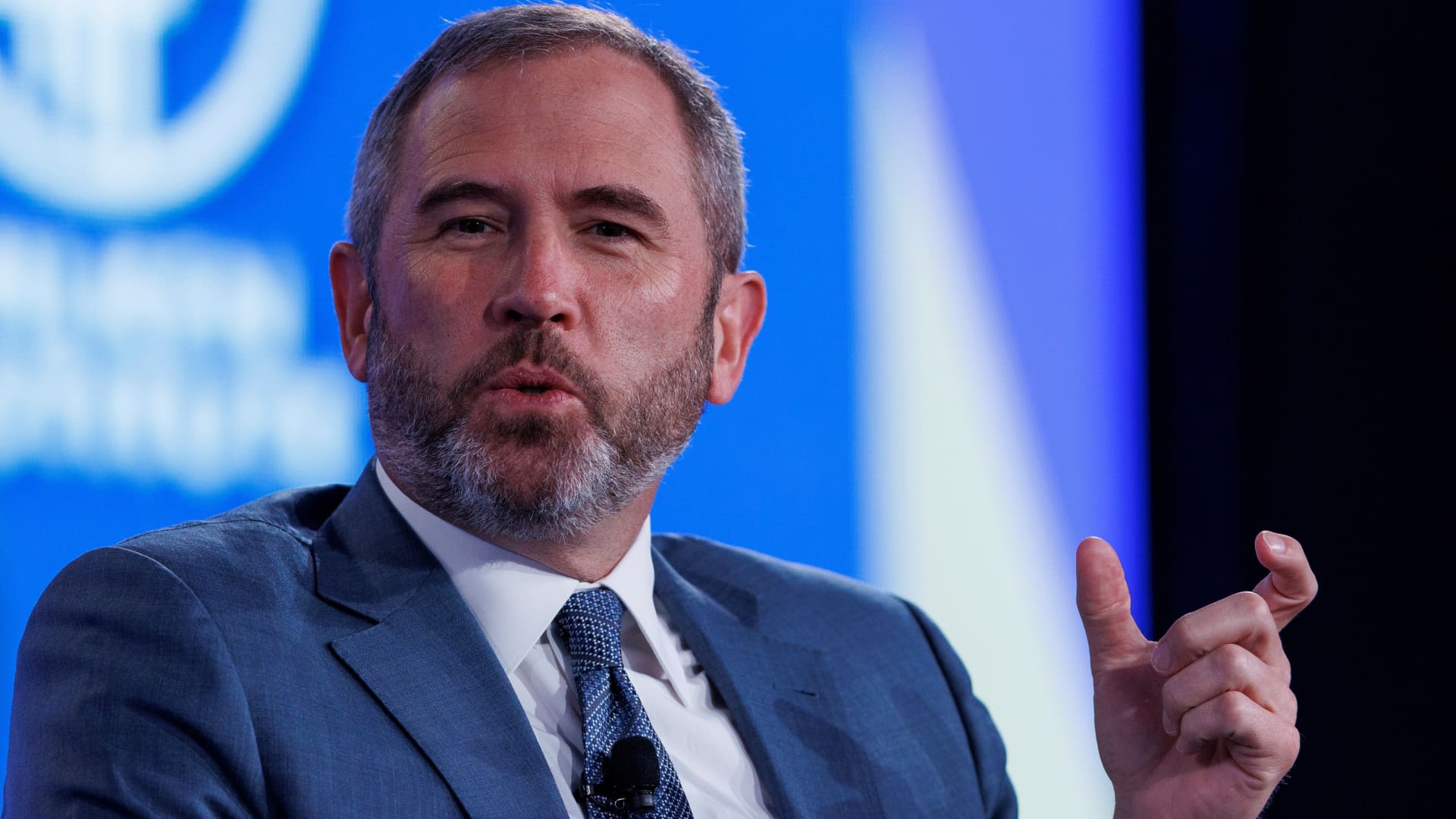They had opened the bank accounts by transferring funds overseas under the RBI’s Liberalised Remittance Scheme (LRS) which allows a local person to invest up to $250,000 a year in stocks, properties, and for maintenance of relatives among other things. With the minimum balance fixed
by some of the big offshore banks crossing well over $1 million, banks are unwilling to service clients unless they are ready to use the bank’s wealth management arm to bet on stocks and listed debt instruments. Since a bank earns fees from such investments, it is inclined to retain the client even if money left in the account shrinks.But as funds move out for property purchase — a common investment under LRS — or transferred to a relative of the customer, banks give a short shrift to the client. In some cases, like the UAE bank (referred above), recently closed a few accounts and handed over drafts to the customer (who may not be left with another overseas account to encash the instrument).
“Amid an overall crunch in fee income, the strategy pursued by some of the foreign banks have multiplied the woes of Indian residents having accounts abroad. They have increased the minimum threshold limit for on-boarding new clients as well as for existing ones. But, thanks to the limited LRS quota, Indian residents are unable to remit more. This is resulting in account closures, with banks asking customers for details of any other bank accounts where balances can be transferred. The parties receiving such email should immediately comply by remitting funds,” said Rajesh P Shah, partner at the CA firm Jayantilal Thakkar and Company.
What’s also coming in the way is the RBI rule to either invest or bring back idle funds lying in an account within 180 days. A Singapore bank recently reached out to a few of its clients in India, asking the person to invest the money as parking unused funds could violate Indian regulations.
“More and more banks are making it clear that they don’t want to bear the cost of maintaining accounts with low balances. In some cases investing the balance is also difficult as minimum ticket sizes for investments showcased by the private wealth teams of banks are quite high,” said Moin Ladha, partner at the law firm Khaitan & Co.
Since new LRS rules disallow investment in unlisted debt securities, banks and practitioners are divided on whether fixed deposits with an overseas bank qualifies as permitted investment under the scheme. The RBI FAQ on the subject is silent on FDs, leading some to conclude there is no explicit ban. “Many don’t want to take chances. They are bringing back the uninvested money, fearing it could trigger compounding (penalty) by the RBI. Also, one cannot rule out the possibility of being served a notice by the Enforcement Directorate if this is construed as retention of assets abroad in contravention of the provisions of the FEMA (Foreign Exchange management Act),” said a senior practitioner on FEMA matters.
For such violations ED is empowered to seize the equivalent amount of assets in India. Interestingly, the policy of these MNC banks would only help the government to preserve its stance on outflows. There is a widely shared perception that the government has been discouraging large outflows by residents – as reflected in the stiff tax collected at source which, as reported by ET, was responsible for bringing down the LRS outflow by 37% in October. The recent dos and don’ts and closure of accounts may fuel the lobbying for a higher LRS limit, though few believe it would be revised in a hurry. The annual limit was slashed to $75,000 from $200000 amid taper tantrum in 2013 when US Fed began tightening money supply. As markets stabilised, the limit under LRS (introduced in 2004 with $25,000) was raised to $250000 in 2015. It has remained there since then.







































